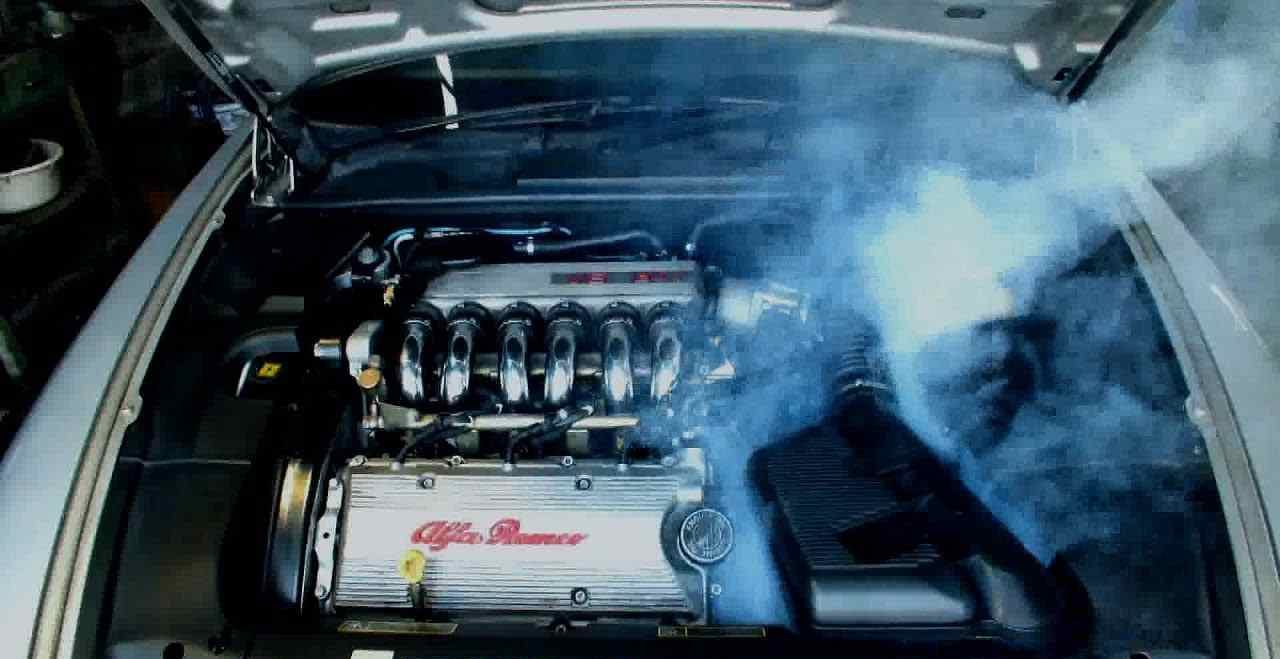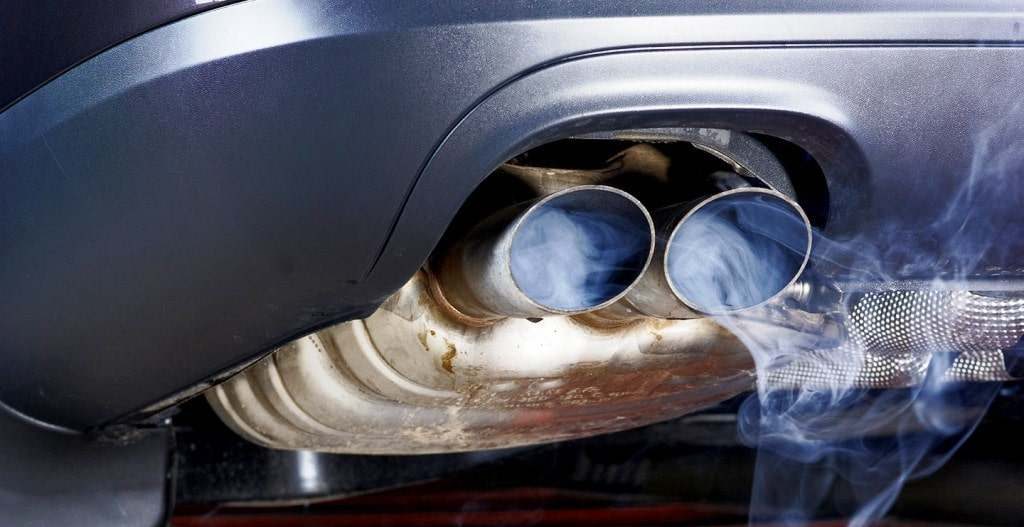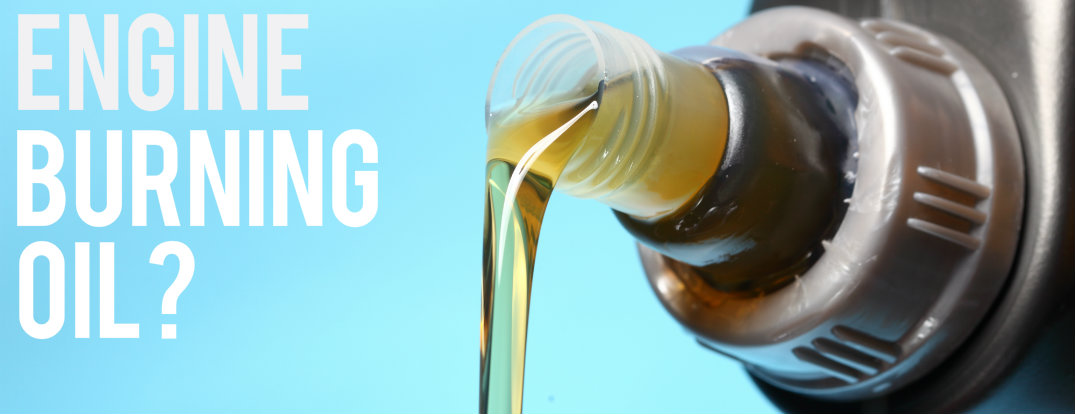thick engine oil purchase price + Quality testing
Analysis of a sample engine oil while oil replacement is an excellent testing method to check if your engine is burning oil or will do it soon
By the analysis of your car’s used engine oil, you can estimate the amount of contamination, the amount of wear, and the general condition of your engine
The best advantage of this analysis is that it is like an early warning mechanism and cautions you of probable glitches before your equipment fails
It is exactly like when you go to the doctor, and he says you need to have your blood test done
The reason for the blood test is that your blood tells a lot of things about your health
Since the engine oil is the blood of our motor, the same happens when we have our engine oil tested and analyzed
It can give us so many important facts about the health of our vehicles, and there is no other time better than when we want to replace our used oil with the new one
In this article, we will talk about many important factors about engine oil like engine oil burning, engine oil testing, its replacement, its analysis, engine oil recommendation, weight, its boiling point, and engine oil maintenance
So, I recommend you to read this article to the end to have a general view of this process
Engine oil burning
Oil burning is usually the consequence of worn engine parts and components
For example, worn piston rings or valve seals can burn car oil, which keeps engine oil away from the combustion chamber
Fuel is combined with air in the combustion chamber, and it is ignited with a spark, starting the vehicle
As parts wear out, engine oil leaks into the mixture, causing the oil to burn internally
Engine oil-burning may also be possible outside your car engine

The reason is that your car’s engine oil is leaking and landing on hot surfaces
A revealing sign of externally burning oil is the oil-burning smell
Oil can leak and cause this problem because the oil filter may be misconnected, the oil pan may be damaged, and the fuel filler cap may be missing, worn, or loose
And last but not least, the valve cover gasket is damaged
One of the most common signs that your car is burning oil is that the engine oil level indicator on the dashboard keeps showing that the oil is low
Likewise, you may notice a constant drop when you get under the hood and check the engine oil level with a dipstick
This involves removing the dipstick from the engine after it has been off and cooled down, wiping it down with a clean cloth, and reinstalling it
Check if your car’s engine oil level is getting lower and lower when you pull the dipstick yet again
A consistently low oil level without noticeable leaks can signal that your car has a burning oil problem
If your car has a burning oil problem, you have to turn your vehicle to a mechanic as fast as possible
Using their assistance and experience, they can quickly detect an oil-burning due to interior or exterior leaks and then take the essential steps to fix the problem
Engine oil testing
Testing the oil of your car’s engine is nowadays one of the necessary steps to be taken after using the car for a pretty long time
Analysis of the oil in your vehicle is like transporting your blood to a lab for testing
Analyzing an engine oil can provide insight into the health condition of your car’s engine without any surgery
Studying the engine oil is not just for one type of driver or vehicle

These tests apply to all machines, from passenger cars to large vehicles and even agricultural machinery
The engine oil analysis is an integral part of engine maintenance, providing information about the oil status, suitability for further use, and status information
The machines are lubricated with oil
In addition to the standard methods used in engine oil analyses, there are many innovative procedures for collecting more details
The general and developed methods are defined and debated to check their interpretation for 4-stroke and 2-stroke engines
A laboratory oil test is a portrait of the state of the oil at the time of oil sampling
To fill the gap between oil samples can be determined using online monitoring or on-site analysis by applying portable test kits
This test gives readers a better understanding of the oil of their engine oil sample
Engine oil replacement
Replacement of the oil of your car’s engine is an integral part of the vehicle’s maintenance and periodical services
The thought of doing maintenance, even for a reasonably simple task like changing your car’s oil, can be scary, if not impossible
However, if you start changing your own car’s oil, it would be easier and cheaper than taking the car to an oil shop
You may even enjoy working on your car as some other people do
If you are not sure what type of oil to use or how often to change it, refer to your owner’s manual’s specifications or maintenance section
This six-step guide guides you through the standard procedure for an oil change
The process is the same whether you drive a Hyundai or a Hummer

Before the process begins, you have to check your user manual to find out how much oil you need to change the oil you drain
You would also need an oil filter
So, go to a car parts store or a wholesaler to buy what you need
While there, if you have not already done so, you will need to remove the oil filter wrench and the wrench that fits the size of the drain plug
It would be best if you had gloves to keep your hands clean
Old latex medical gloves work well
Engine oil analysis
We may sometimes face why we need analysis of our engine oil
Although it was previously used as a tool for engine maintenance forecasts, oil analysis is still widely used to ensure the steadfastness of engine systems
Many mobile devices around the world, such as engines, machinery, mining equipment, trucks, agricultural equipment, buses, as well as oil and gas exploration platforms, generators, and pipeline stations, run local engines for flexibility
Engine oil must be replaced before it loses its ability to perform its intended function
Conversely, sudden or frequent changes in fuel can lead to high costs and environmental influence
In internal combustion engines, fuel is gradually dissolved, the amount of which may vary depending on age, environment, load factor, fuel type, and duty cycle
As a rule, car fuel contains supplementary packaging that includes alkaline materials and detergents to reduce the acid formed during fuel combustion
The lack of an add-on would be that the combination of additives and oils would not adequately protect the engine
Knowing the type of pollution commonly found in oil is essential as it indicates engine condition, allowing a quicker decision to take curative action
For example, high levels of glycol pollution indicate leaks in the cooling system
Oil analysis provides information on the level of this pollution and the accompanying level of oil depletion, so oil changes depend on the situation rather than the time

Engine oil recommendation
Recommendation of the right oil for your engine could be a piece of risky advice
It could also be a problematic and head-spinning task if you want to do it yourself
Improper use of oil can lead to engine damage or failure
There are so many options on the market that choosing the right one for your car can be confusing
Here’s what you need to know before you change your oil
We have four types of engine oils, including; The first type is the ordinary car oil that begins its life on earth as crude oil
It is then filtered to remove impurities and mixed with various chemical additives
These ingredients include oxidants to prevent metal breakdown and foam removers to avoid air bubbles
This is the cheapest type of engine oil
The second type is high mileage engine oil designed for cars with 75,000 miles or more mileage
These oils contain chemical additives and stabilizers that can cause internal and external rings and gas pores to become slightly more prominent, thus reducing oil and fire leaks in the main engine
This engine oil does not alleviate mechanical damage or wear for many miles
But if your car is running smoothly, running and working correctly, long-range engine oil can be an excellent option to prolong the life of crucial engine components
Your car may last longer than planned
This oil can be made from conventional, semi-synthetic, or full-synthetic engine oil and will cost the same as this type of oil
Semi-synthetic engine oil is the third type of oil that some people say is the best
It combines synthetic and standard base oils and additives for both
It has better engine fortification and protection properties at a lower cost than the full artificial one
Fully synthetic engine oil is ideal for cars that need high protection

This type of car oil is in the middle range, meaning you can enjoy the benefits of protective additives to some extent and, at the same time, do not pay as much as you should generally do for fully synthetic engine oil
Last but not least for sure is the fully synthetic oil that starts with the base oil
However, many cleaning procedures remove more dirt than ordinary oil
The addition of synthetic compounds and high-performance additives helps keep the engine clean and protects it from damage
Though suitable with excellent quality, synthetic oils are not the ideal recommendation for all vehicles
Old cars are designed to use ordinary oil
Full synthetic oils are the most expensive type of engine oil
Engine oil weight
Oil weight can be a perplexing expression
This is partly because “weight” doesn’t reflect how a specific engine oil flexes on the scale
However, it has a significant impact on the lifecycle of your engine, and the type of oil you choose is closely related to the car manufacturer oil recommended, the weather conditions in which your car is operating, and your driving style
Oil weigh is employed to describe the viscosity of oil, which refers to how well it flows at a specific temperature
The Society of Automotive Engineers (SAE) gives a viscosity number or weight number to the oil based on its fluid temperature at 100 degrees Celsius, which is the average operating temperature for most car engines
Higher viscosity or weight brings thicker oil or slower flow, which alters the coating on the engine’s internal components and protects against hotness and abrasion or friction
This means that 30-weight or viscosity oil runs faster than a 50-weight oil but does not provide the same level of coverage under high operating temperatures or extreme conditions
You may have noticed that most engine oil bottles or cans have two numbers separated by a “W”
They are called multi-purpose oils and are unique in that they are made up of not one weight but two weights or viscosities under different temperatures
“W” stands for “winter” and shows that the oils involved have different viscosity or flow depending on the temperature
For example, a 5w30 oil means that when operating in cold weather, even at low temperatures, or when the engine is off, the oil flow is 5 (compared to 10 is thinner)

However, when heated to 100 degrees Celsius, it operates at about 30 viscous oils
This is achieved by adding exceptional additives to the mix
Why do you need thinner oil that acts like thicker oil when it becomes hot? If you use the 30 viscosity, the oil is so viscous that it cannot pass through the engine quickly on a cold day when you want to start the engine and therefore cannot correctly protect vital parts from harm
Also, you do not wish to use an oil having only the viscosity of 5, as it is too thin to keep the engine safe
To some extent, it is better to combine both weights for different situations
You always have to use the engine oil weight recommended by your car manufacturer that must be mentioned on your car owner’s manual
As said, many manuals advise different types of fuel to consider depending on how intense your winter is and whether you put a lot of loads on your engine when facing heavy loads
There is no fixed answer to which engine oil should be used for your car engine
Just make sure to refer to your manual and choose the oil grade and weight that best suits your driving style for the best engine protection
Engine oil boiling point
The boiling point of the oil is as low as 120 to 370 degrees Celsius
Such a wide range is due to the various combinations of engine oils
Engineers have defined multiple chemicals, called engine oils, motor oils, or engine lubricants, to lubricate internal combustion engines
They are usually made from base oils with various additives, especially those used in antiwear, dispersants, detergents, and multi-grade oils – these additives increase the viscosity index
The main uses of motor oil are to reduce friction and wear on moving parts and to clean the engine of carbon deposits and sludge deposits
It similarly improves piston ring sealing, neutralizes acid oxidation from gasoline and lubricants, and cools the engine by removing heat from moving parts
Here, we’ll learn about the types of oils, how the types of oils affect the boiling point, and what happens if the oils boil
Boiling points can vary widely
It depends on the type, base, additives, and weight
Engine oil typically runs between 110 and 150 degrees Celsius, but it can go up to +260 degrees Celsius for high-performance applications

It is crucial for engineers to design an oil that operates within the correct range
If the oil is cooler than intended, it will become too viscous to move appropriately
If the oil is hotter than it should be, it will have lower viscosity and be damaged by overheating
The reason for the high boiling point of the oil is that the oil molecules are very long
Due to its large size, the larger the molecule, the stronger the scattering force, resulting in a longer molecule and a higher boiling point
In general, boiling points increase as molecules of similar structures become more distinct
This is mainly because more giant molecules have bigger sides and, therefore, more important places where intermolecular bonds may be formed
More bonds may lead to more attraction between two molecules
For example, synthetic oils are lubricants composed of compounds formed by the breakdown and regeneration of oil molecules
Synthetic oil under a microscope shows millions of nearly identical molecules in size and shape
Contrastingly, mineral oil or conventional oil is refined crude oil
Microscopic images of common oils show millions of molecules of varying sizes, conditions, and formations
Theoretically, oil would boil like water, but this shouldn’t happen in an engine in practice
When boiled, the oil breaks down quickly and loses its properties
The viscosity index would no longer meet the requirements
As a result, its lubricity is meaningfully reduced, and engine damage or blockage eventually occurs
This kind of oil damage is often referred to as a thermal failure and should not happen
Engine oil maintenance
Every automotive engine requires oil, but the appropriate oil
Modern vehicles are designed and developed to demanding standards and oil needs that match their extremely precise industry and original equipment manufacturers’ regulations to guarantee a long maintenance life
Failure to use the proper oil and record its usage may invalidate your new-car warranty
Most late-model vehicles demand synthetic-blend (semi-synthetic) or full-synthetic, multi-grade, low-viscosity, resource-conserving lubricants that reduce friction while increasing fuel efficiency
However, selecting the correct oil may not always be straightforward

The right oil for your vehicle’s specific model should have the appropriate SAE viscosity grade, satisfy API or any other performance criteria, and adhere to any particular specifications specified by the original equipment manufacturer or engine manufacturer
These criteria are outlined in your vehicle’s owner’s handbook, and your vehicle maintenance shop may also give information on the recommended oil specs for your car
Oil change periods may vary depending on motor age, oil type, and driving variables
Oil was formerly changed every 3,000 miles, but with newer lubricants, most engines now have typical oil service durations of 5,000 to 7,500 miles
Furthermore, if your car’s engine demands full-synthetic motor oil, it might run up to 15,000 miles between oil changes! Because color cannot be used to determine engine oil conditions, stick to the manufacturer’s maintenance plan for oil changes
Most modern vehicles include oil-life surveillance systems that detect when an oil change is required and inform you with a signal on the instrument panel
Early basic techniques were dependent on time and mileage, but modern solutions now assess actual vehicle operating circumstances to determine when the oil is starting to degrade
In fact, many recent automobiles’ owner’s and service manuals delete “extreme service” recommendations entirely since the oil-life management system will automatically lessen the oil service interval when heavy-duty usage is detected
The oil-life monitoring system should be reset whenever your car’s oil is changed
Following the car owner’s handbook directions, you may reset the system if you change your oil
Because modern engines need fewer regular oil changes, it is critical to check the oil level periodically and back it up as required
While many engines use just under a quart of oil between services, some might require a quart every 600 to 700 miles
Maintaining adequate oil levels may save you money on auto repairs; your new-car guarantee will never cover engine wear or damage caused by reduced oil levels
Even if you don’t drive a lot, most manufacturers suggest getting an annual service every twelve months, even if the service reminder hasn’t gone off